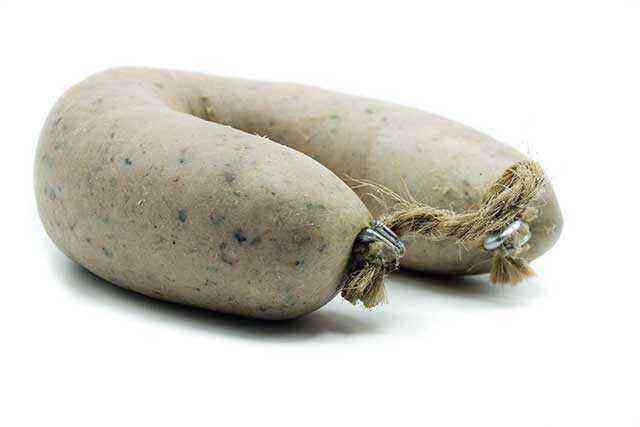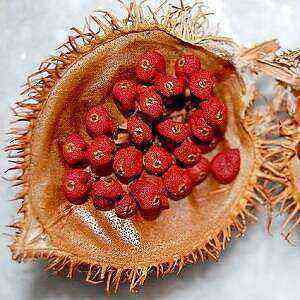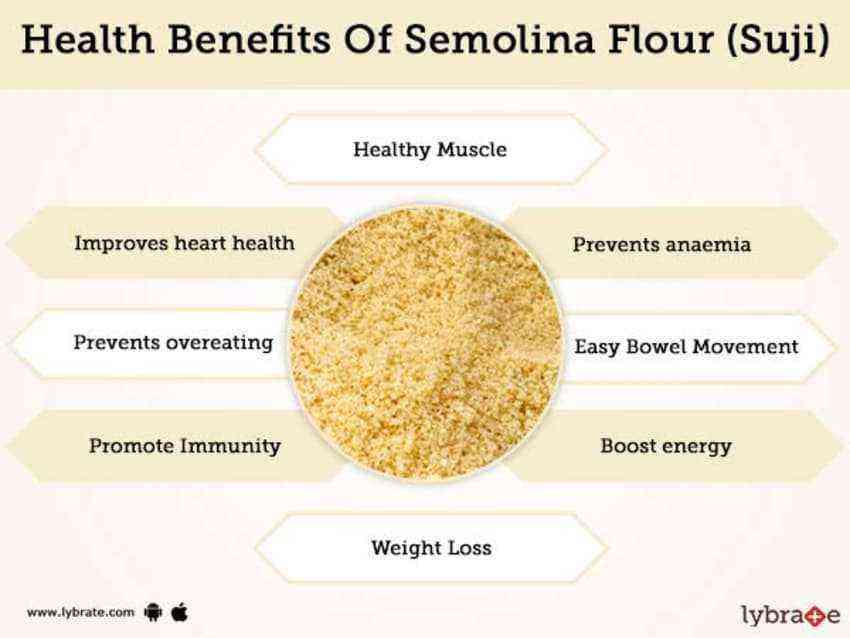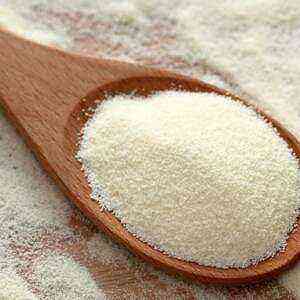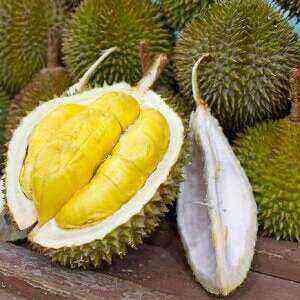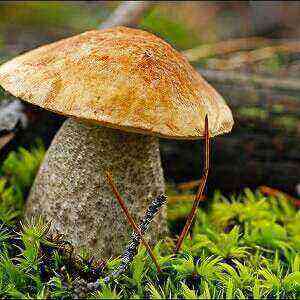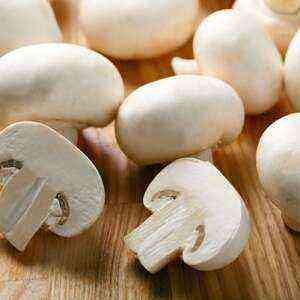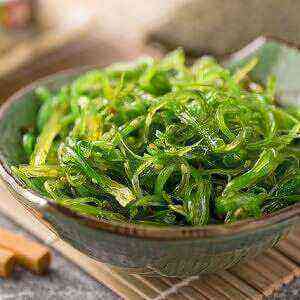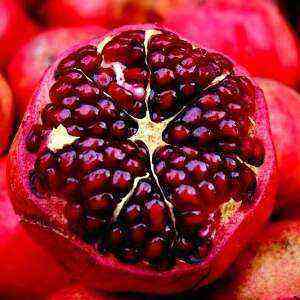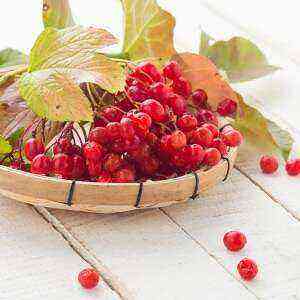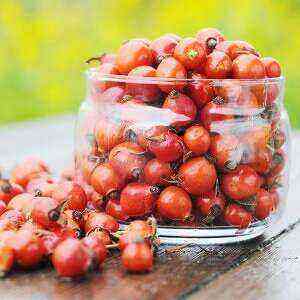
General characteristics
Brier – wild prickly leaf shrub from the Rosaceae family, widely distributed in Europe, Western Asia and Africa. There are many species of this plant and most of them have healing properties that are difficult to overestimate. Rosehip is a fairly common plant in our latitudes.
Its red juicy fruits are harvested in the fall. It is them, as well as flowers of wild roses, used in traditional medicine and cosmetology. Typically, the fruit is brewed medicinal tea, but in addition, from these bright red berries it turns out delicious jam, jelly, marmalade, which also have properties that are beneficial to humans. Fresh rosehip berries are rarely eaten, due to the specific taste and “biting” seeds. Interestingly, during the Second World War, in order to restore vitamin C reserves in Britain, children were regularly given berries of this plant.
Useful properties of wild rose
Useful properties of wild rose were known in ancient times. For a restful sleep, the ancient Romans stuffed pillows with petals of this plant. Now dogrose is known as one of the richest sources of vitamin C (this vitamin is approximately 20-30 times more than citrus). Enough of all the 1-3 fresh berries to cover the daily need of the body for ascorbic acid. Meanwhile, long-term drying of fruits, even at a low temperature (about 40 degrees Celsius), leads to a loss of almost 75 percent of vitamin C.
It is important to understand that the longer the fruits are stored, the less nutrients remain in them.

These tart berries are useful for treating dysentery and diarrhea. Flavonoids in combination with vitamin C have powerful antioxidant properties. Rosehip is also extremely useful in the fight against colds and infectious diseases, flu, pneumonia.
Wild rose has mild diuretic and laxative properties, and the presence of iron makes it useful for anemia and bleeding.
Diseases and conditions in which it is beneficial to consume dogrose:
- pregnancy;
- a weakened immune system;
- fragility of blood vessels;
- kidney stones and liver;
- catarrh of the gastrointestinal tract;
- diarrhea;
- stomach ulcer;
- rheumatism;
- burns;
- scurvy;
- vascular fragility.
 Role in the body
Role in the body
Antioxidant properties
Antioxidants are essential components for the human body, on which, without exaggeration, life expectancy depends. These unique substances protect cells in the body from the influence of free radicals. And they are known to be one of the reasons for the formation of tumors, since they cause the degeneration of healthy cells. But what does a wild rose, you ask. The fact is that the Hungarian researchers after a thorough analysis of the chemical formula of wild rose berries came to the conclusion that their composition contains at least 6 substances with antioxidant properties. And that is not all. Experiments with these antioxidants have shown that they are more effective than many other similar substances known in nature.
Antidiabetic effect
Herbalists of Turkey have long studied the properties of rose hips, including the effect of this plant on organisms with diabetes. Pharmacists came to their aid and tested the correctness of the theory on laboratory rats. As it turned out, the substances contained in the wild rose increase the body’s susceptibility to insulin. This reduces the risk of hyperglycemia (a sharp increase in blood glucose). Also, against the background of rosehip consumption, the amount of hypoglycemia (an abnormal decrease in blood sugar) decreased. Turkish scientists announced the results of this study back in 2009. But experiments in this area are still ongoing.
Melanoma protection
In order to protect the skin from sun damage, it produces a dark pigment melanin. Melanoma is perhaps one of the most dangerous of the currently known types of cancer caused by the degeneration of skin cells. Scientists, investigating the uncontrolled process in the tissues, focused on tyrosinase, an enzyme necessary for the healthy formation of melanin. And a group of Japanese scientists made a startling discovery: rosehip fruits contain quercetin, a flavonoid that is responsible for suppressing the excessive production of tyrosinase (and therefore prevents skin cancer).
Anti-inflammatory effect
Italian scientists have said: rosehip is an effective anti-inflammatory agent. The researchers came to this conclusion after analyzing the relationship between the fruits of wild rose and the development of arthritis. The experiment conducted on laboratory rats, allowed scientists to conclude that rosehips affect the inflamed joints on the principle of medical preparation indomethacin. Meanwhile, natural medicine does not cause irritation of the stomach. In addition, it was found that the extract of these red berries relieves joint swelling better than algae-based preparations (a known effective remedy for joint pain).
 Heart protection
Heart protection
Recently, scientists have learned about another amazing property of wild rose. The plant extract helps to reduce blood pressure and the so-called bad cholesterol (low density lipoproteins, causing atherosclerosis). Scientists conducted this experiment with the participation of volunteers with excess weight. It turned out that wild rose is extremely useful for obese people, in particular for strengthening their cardiovascular system. As you know, overweight is one of the common causes of heart disease. To confirm their words, the Swedish and Norwegian researchers announced the results of the experiment. It turned out that in people taking daily HNUMX of dogrose (in powder) with apple juice, the total cholesterol decreased by 40% after weeks of 6, the “bad” cholesterol fell by 4,9%, and the blood pressure stabilized in 6 from the 27 study participant.
Treatment of diseases of the stomach
Stomach upsets, spasms, insufficient production of gastric juices – dogrose is able to cope with these problems. Fruit tea is also useful in ulcerative diseases of the digestive tract and irritation of the intestines. Rosehip is useful for getting rid of diarrhea, gallstones, urinary tract infections, diseases of the gallbladder.
Immunostimulant
The protective properties of wild roses have been known to mankind for a very long time. Drinking a glass of herbal tea daily is enough to protect yourself from viral and bacterial diseases. This drink not only perfectly quenches thirst, but also strengthens the immune system, relieves chronic fatigue, improves blood circulation in the limbs.
Rosehip oil: who needs it and when
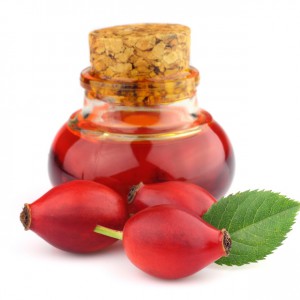
- for moisturizing sensitive skin, even suitable for babies;
- to restore healthy complexion;
- to prevent wrinkles, dark spots, freckles;
- for smoothing of scars after surgical operations (a course of treatment is approximately 12 weeks);
- to remove toxins from the body;
- for protection from solar radiation;
- for the treatment of dermatitis, acne, eczema;
- to restore dry and brittle hair;
- to improve the texture of the scalp.
In what forms is it useful?
Perhaps the most popular form of consumption of wild rose, tea. But in addition, from it you can make syrups, wine, powder and get oil. Each of the forms has its own unique properties.

Syrup – a drink to strengthen the immune system, has the properties of an analgesic, used in various therapeutic programs.
Powder – obtained from dried and chopped fruits, retains in itself almost all the beneficial properties of fresh berries (assuming proper preparation), used to treat joints, in particular outwardly to treat pain in rheumatoid arthritis.
Tea is actively used in traditional and traditional medicine.
Wine – if you do not abuse the drink, will also benefit the body.
Wild rose in folk medicine

The flowers of this plant are also often used by folk healers. Due to the rich content of flavonoids, anthocyanins, tannins and essential oils, these soft pink petals serve as a remedy for skin diseases, sore throats, and stomach disorders. By the infusions of rosehip petals, cosmetologists advise washing your face to refresh its tone and smooth out wrinkles. Oil obtained from fresh petals is added to creams and soaps.
Due to the presence of many vitamins, pectin, amino acids and organic acids, rosehip extract effectively moisturizes, softens and smoothes the skin, promotes the relaxation of epidermal cells. The fruit acids that make up the fruit are effective in treating acne and acne. And to strengthen nails and hair, you can use masks using wild rose fruit oil.
Tincture of the fruit
Tincture prepared according to this recipe is used as a means for proper digestion, increase appetite, improve metabolism. To achieve the desired effect, drink 2 20-30 once a day.
The tincture is prepared from 500 g of rosehips, which add a glass of sugar and 750 ml of vodka. Leave for a week in a warm place, occasionally shake the contents of the vessel. Strain the finished drink through cheesecloth, store in the refrigerator.
How and when to collect

Berries are harvested after full ripening. As a rule, this period lasts from August to October. Herbalists say that it is possible to collect overripe fruits, as well as after the first frost, but in such berries the content of vitamin C is much lower. Dried fruits on the same principle as the petals entirely or cut in half.
Possible hazardous properties
As a rule, wild rose is not dangerous for humans. But there are times when it should be consumed with extreme care.

Another not very pleasant news: too frequent consumption of concentrated tea with wild rose can interfere with the absorption of iron, and a high content of vitamin C sometimes leads to an increase in the level of acid in the blood, which is fraught with the development of sickle cell anemia.
Also take extra care to take wild rose extracts for pregnant and lactating mothers.
For many, wild rose is just a wild-growing bush with beautiful delicate flowers and bright berries that adorn the landscapes of autumn. In fact, besides the aesthetic functions, the wild rose has many other properties that are beneficial to humans. This plant is deservedly called salvation from most diseases.
 Role in the body
Role in the body Heart protection
Heart protection

